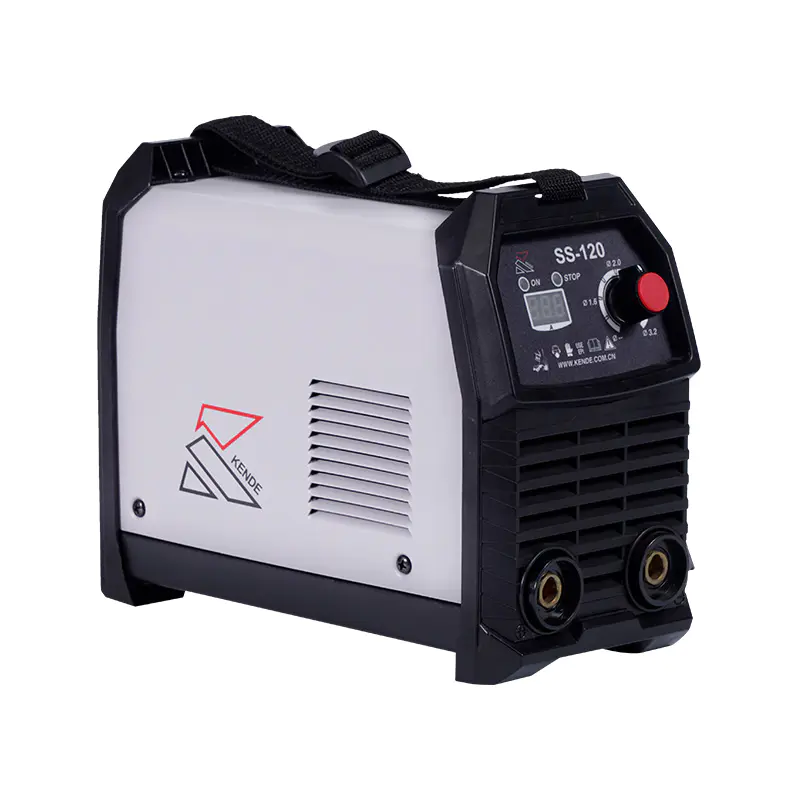Aluminum is a versatile and widely used material in various industries, from aerospace to automotive and construction. To join aluminum components with precision and strength, the Aluminum TIG (Tungsten Inert Gas) welding machine stands as a technological marvel.
The Art of Aluminum TIG Welding
TIG welding, also known as GTAW (Gas Tungsten Arc Welding), is a welding process renowned for its precision and versatility. When it comes to welding aluminum, TIG welding is the method of choice. It utilizes a non-consumable tungsten electrode and a shielding gas to create a stable arc, enabling the precise fusion of aluminum pieces.
Applications Across Industries
The use of
aluminum TIG welding machines spans a wide range of industries:
Aerospace: Aluminum TIG welding is indispensable for aircraft manufacturing, ensuring lightweight yet strong structures. It is used to join intricate components like fuselage sections and engine parts.
Automotive: Car manufacturers use aluminum TIG welding to create lightweight chassis and body parts. Electric vehicles, in particular, rely on this process to construct their frames.
Construction: In the construction industry, aluminum is favored for its corrosion resistance. TIG welding allows for the assembly of durable and robust aluminum structures.
Marine: Boat builders employ aluminum TIG welding to create strong, seawater-resistant vessels, including everything from pleasure boats to commercial ships.
Unparalleled Precision and Cleanliness
One of the most notable advantages of aluminum TIG welding is the precision it offers. The process can be precisely controlled, resulting in clean, smooth welds with minimal spatter and distortion. This precision is critical when working on intricate, lightweight aluminum components where any imperfections could compromise structural integrity.
Heat Control and Less Distortion
TIG welding also excels at controlling the heat input into the workpiece. This is particularly important when welding aluminum, as it has a low melting point. By keeping heat to a minimum, TIG welding reduces the risk of distortion and maintains the integrity of the aluminum's properties.
Narrow Heat-Affected Zone
TIG welding's ability to create a narrow heat-affected zone (HAZ) is essential for aluminum welding. A small HAZ means less risk of weakening the material's mechanical properties. This is vital in applications where structural integrity is paramount, such as in aerospace and automotive manufacturing.
Challenges and Advancements
Aluminum TIG welding does come with its own set of challenges. The need for precise cleaning and preparation of the aluminum surfaces before welding is critical to ensure quality joints. Furthermore, the high reflectivity of aluminum can pose difficulties when initiating the arc.
To address these challenges, technological advancements have led to improved welding machines, such as those equipped with high-frequency start systems. These systems help initiate the arc more effectively and consistently, reducing the risk of contamination.
The Future of Aluminum TIG Welding
As industries continue to demand lightweight yet strong materials, the future of aluminum TIG welding looks bright. Advancements in automation and robotics are making it more accessible and efficient, even in high-volume production settings. Additionally, the development of more robust and user-friendly machines is further enhancing its adoption across various applications.

 2023.11.17
2023.11.17
 Industry News
Industry News
